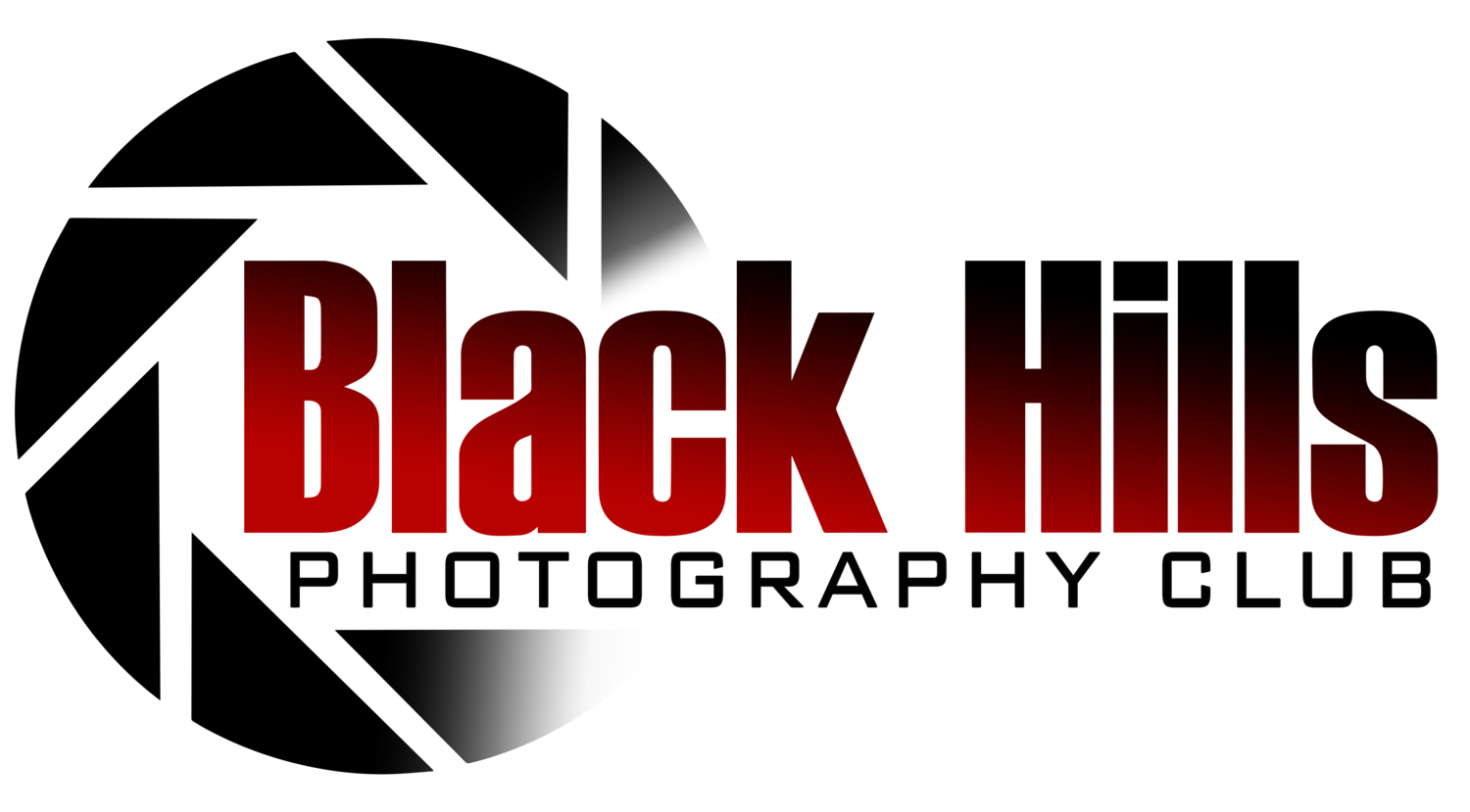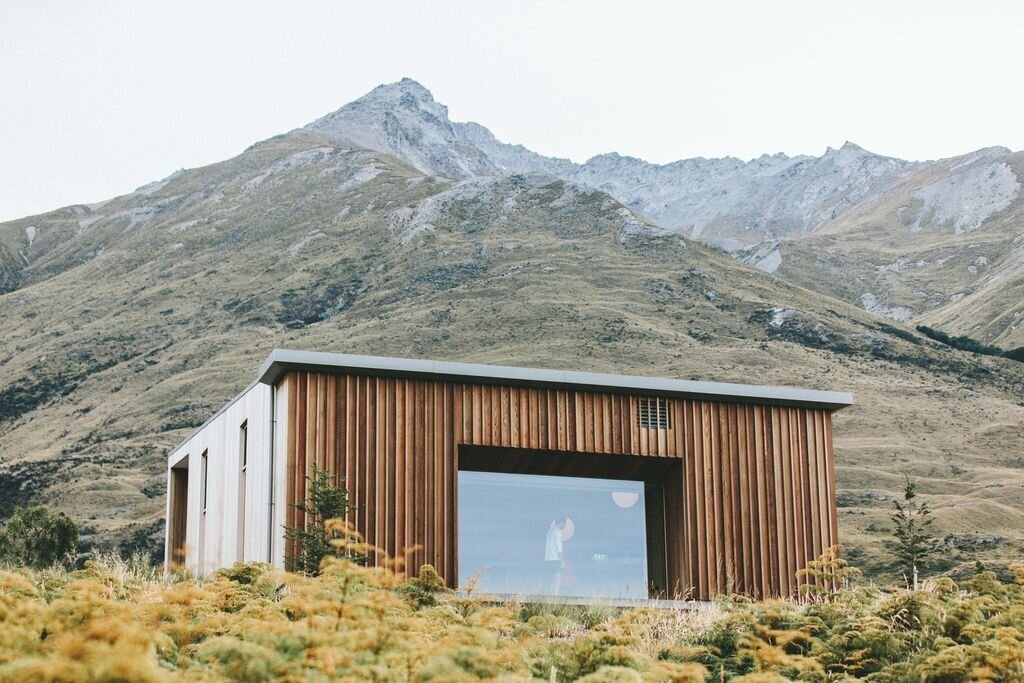In-Depth Guide to Printing Your Photography
Printing your photography is a rewarding way to showcase your work, whether for personal enjoyment, exhibition, or sale. This guide will take you through the entire process, from preparing your image to selecting the right printing method and materials.
1. Preparing Your Image
a. Calibrate Your Monitor
Before editing your image for print, ensure your monitor is properly calibrated. A poorly calibrated monitor can result in prints that don’t match what you see on screen. Use a hardware calibrator like the X-Rite i1Display or Datacolor Spyder for accurate colors.
b. Choose the Right Color Space
For printing, use Adobe RGB or ProPhoto RGB color spaces, as they offer a broader range of colors compared to sRGB. However, confirm the printer’s color space requirements to avoid compatibility issues.
c. Image Resolution
Ensure your image resolution is high enough for printing. A resolution of 300 pixels per inch (PPI) is standard for high-quality prints. For example, for an 8x10 inch print, the image should be at least 2400x3000 pixels.
d. Soft Proofing
Soft proofing allows you to simulate how your image will look when printed. Use photo editing software like Adobe Lightroom or Photoshop to apply the printer’s ICC profile and adjust the image accordingly. This helps identify color shifts and brightness discrepancies.
e. Sharpen for Print
Apply output sharpening specifically for the print size and medium (e.g., matte paper requires more sharpening than glossy paper). Tools like Lightroom’s export options can automate this.
2. Exporting from Photoshop and Lightroom
a. Exporting from Photoshop
Go to File > Export > Export As or use File > Save As if you want more control over formats.
In the Export As dialog, choose the file format (e.g., TIFF or JPEG) based on the printer’s requirements.
Set the resolution to 300 PPI for high-quality prints.
Embed the appropriate color profile, such as Adobe RGB or the printer’s ICC profile.
Save your file and ensure the dimensions match your intended print size.
b. Exporting from Lightroom
Select your image in the Library or Develop module.
Go to File > Export or press Ctrl/Cmd + Shift + E.
In the Export dialog, under File Settings, choose the format (e.g., JPEG or TIFF) and set the color space (e.g., Adobe RGB).
Under Image Sizing, set the resolution to 300 PPI and adjust the dimensions if necessary.
Use the Output Sharpening option, selecting "Matte Paper" or "Glossy Paper" based on your chosen medium.
Click Export and save your file to the desired location.
3. Choosing Your Printing Method
a. Home Printing
Pros: Full control over the process, immediate results.
Cons: High upfront cost, maintenance, and limited print size.
Invest in a high-quality photo printer like the Epson SureColor or Canon imagePROGRAF series. Use archival inks and papers to ensure longevity.
b. Professional Printing Services
Pros: Access to high-end equipment, wide range of materials, and expert quality control.
Cons: Higher per-print cost and potential longer turnaround time.
Services like WhiteWall, Bay Photo, and Printique offer professional-grade prints with a variety of options, from standard prints to specialized finishes.
c. Online Printing Platforms
Platforms like Shutterfly or Mpix are more affordable and user-friendly for casual printing but may lack the fine art quality required for exhibitions or sales.
4. Selecting Printing Materials
a. Paper Types
Glossy: Vibrant colors and sharp details but prone to glare and fingerprints.
Matte: Subtle, non-reflective finish with a more artistic feel.
Luster/Satin: A balance between glossy and matte, offering rich colors with minimal glare.
Fine Art Paper: Archival-grade paper, often made from cotton, for museum-quality prints.
b. Canvas Prints
Canvas prints add texture and a gallery-like feel to your images. Ensure the canvas is stretched tightly over a frame and sealed with a protective coating.
c. Metal Prints
Images are infused into aluminum sheets, producing vibrant colors and a modern, durable finish. Ideal for contemporary spaces.
d. Acrylic Prints
Acrylic prints use clear acrylic sheets to create a sleek, high-gloss look with exceptional depth and vibrancy.
5. Managing Color Profiles
a. ICC Profiles
Download and use ICC profiles provided by your printer or professional service to ensure accurate color reproduction. These profiles are specific to the printer, ink, and paper combination.
b. Embed Color Profiles
When saving your file for print, embed the appropriate color profile (e.g., Adobe RGB) to preserve your color adjustments.
6. Print Size and Aspect Ratio
a. Crop Carefully
Ensure your image’s aspect ratio matches the desired print size (e.g., 4x6, 8x10). Cropping is often necessary but should be done thoughtfully to avoid cutting out key elements.
b. Large Format Prints
For large prints, ensure your file resolution supports enlargement without significant loss of quality. Interpolation software like Topaz Gigapixel AI can upscale images effectively.
7. Post-Printing Considerations
a. Framing
Choose a frame that complements your print and fits the intended display environment. Consider using UV-protective glass or acrylic to prevent fading.
b. Mounting Options
Foam board: Lightweight and cost-effective.
Dibond: Durable and sleek, ideal for galleries.
Face mounting: Combines acrylic and prints for a high-end look.
c. Storage and Care
Store prints in acid-free sleeves or boxes to prevent damage. Handle prints with clean, dry hands to avoid smudges or oils.
8. Troubleshooting Common Issues
a. Color Mismatch
Verify your monitor calibration and ICC profile settings.
Use soft proofing to preview how colors will appear in print.
b. Banding
Check your printer’s nozzle for clogs and perform maintenance if needed.
Use high-quality paper and proper print settings.
c. Low Print Quality
Ensure your image resolution is adequate.
Select the correct paper type and quality settings in your printer’s software.
9. Advanced Tips
a. Experiment with Papers and Textures
Order sample packs from paper manufacturers to test how different papers affect your images’ appearance.
b. Create a Test Print
Before committing to a large or costly print, create a small test print to evaluate colors, sharpness, and overall quality.
c. Consider Giclée Printing
Giclée prints use high-end inkjet technology and archival materials to produce museum-quality results with exceptional detail and longevity.
Printing your photography is both an art and a science. By carefully preparing your images, choosing the right materials, and understanding the technical aspects of printing, you can create stunning physical representations of your work. With practice and experimentation, you’ll develop a process that works best for your unique style and goals.


